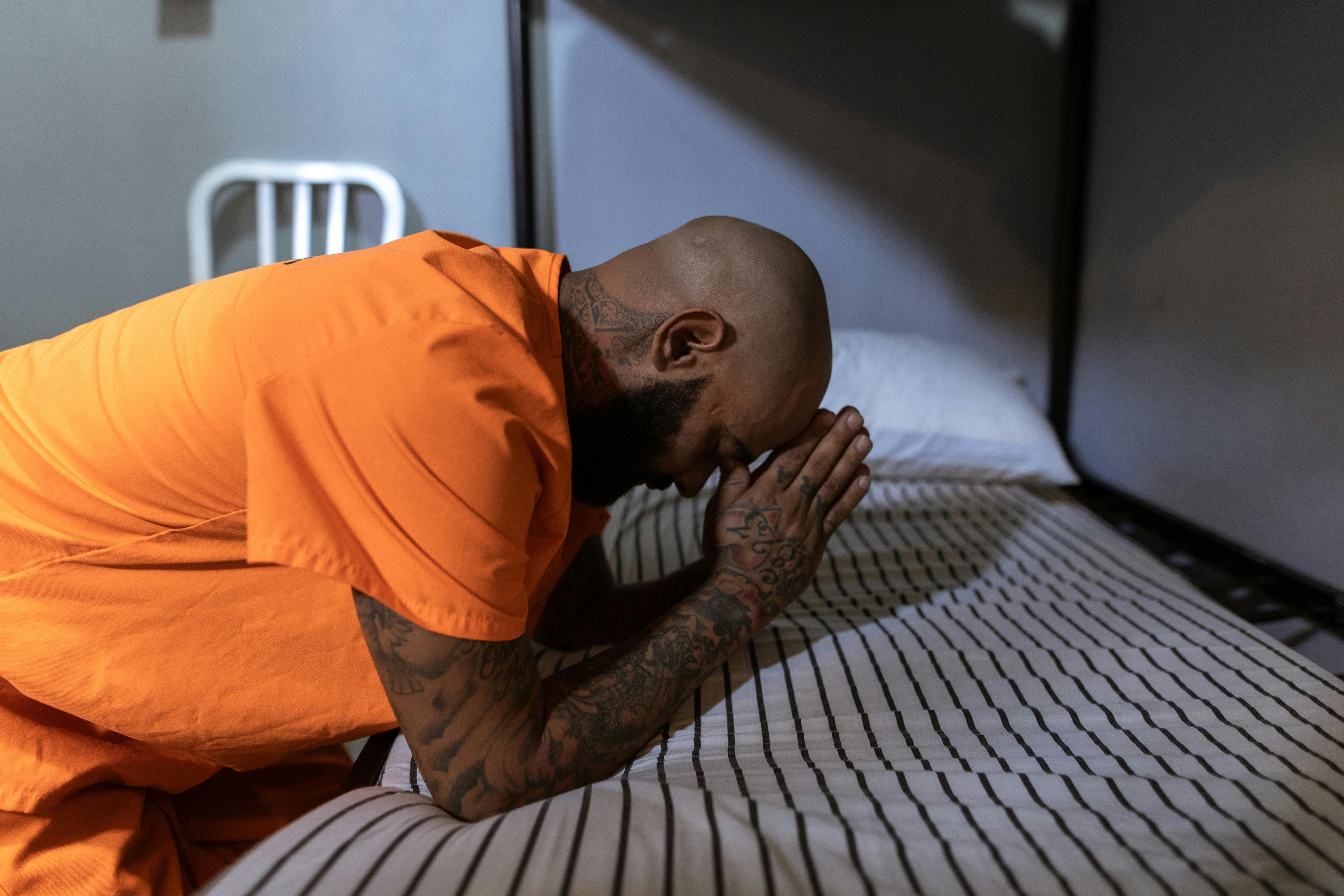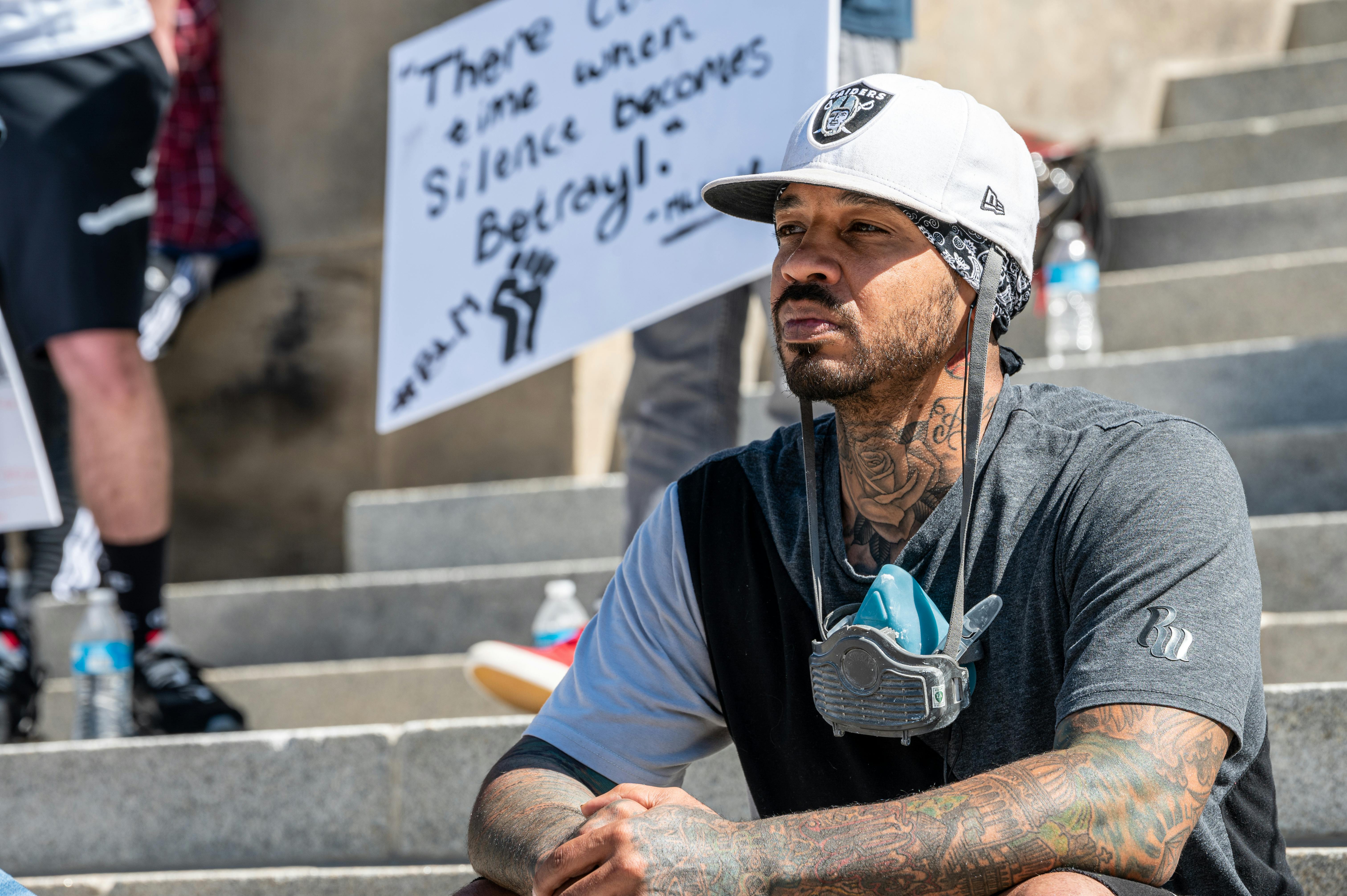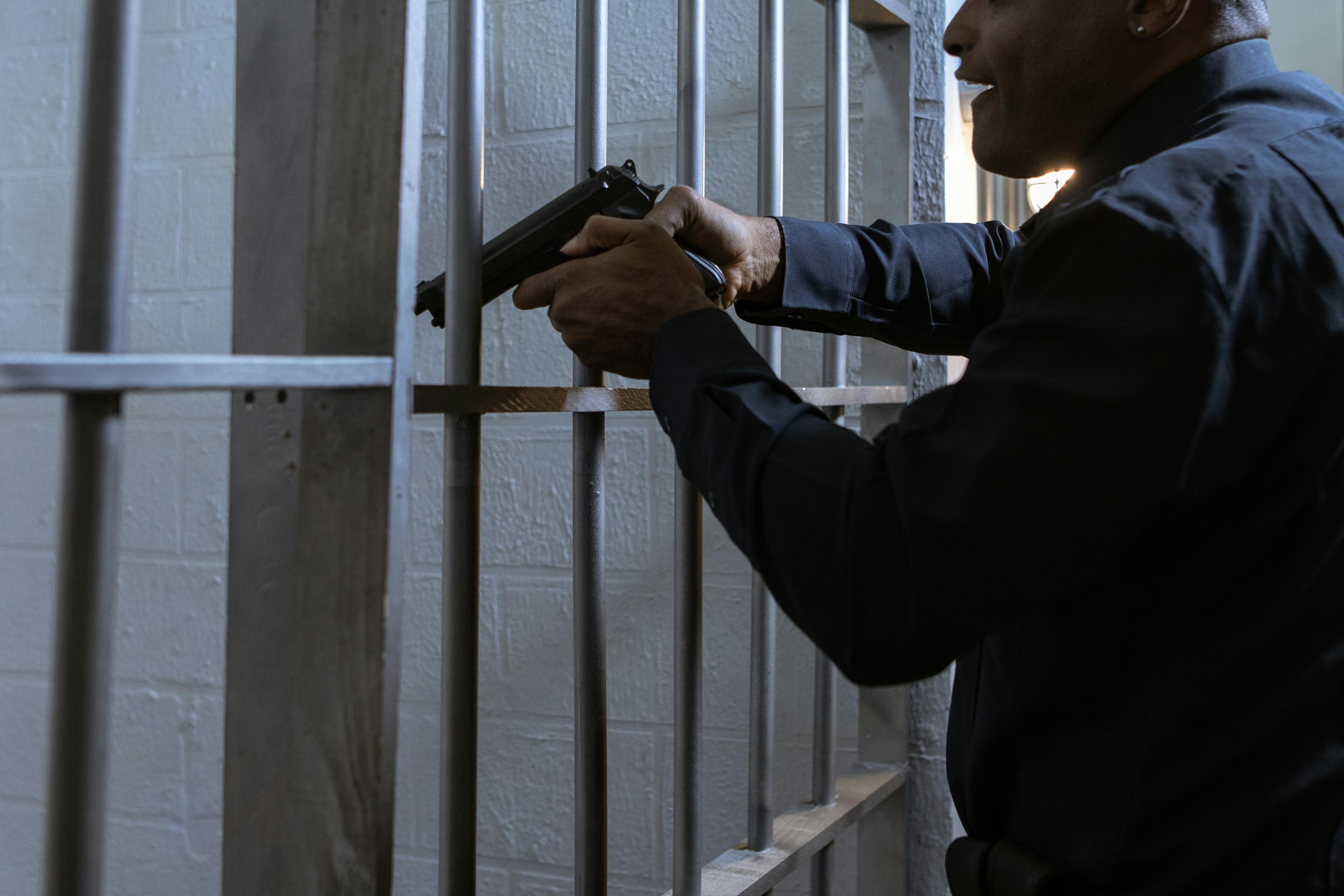The rope halter and lead rope are communication tools. When we send timed pressure and release signals through the main rope to the halter, we can direct the horse’s movements, often with a surprising level of subtlety.
However, for this signaling system to be effective, the halter must fit correctly. Proper rope halter fitting is all about matching the proportions. Consequently, when evaluating whether or not a rope halter will fit a horse, we are actually looking to see how well the proportions of the halter match the proportions of the horse’s head.
A correctly fitting halter “blends in” and frames the horse’s head. That is, the halter parts flow along, over, and around various parts of the horse’s head.
Fit too big – A halter that is too large tends not to fit the horse’s head. Instead, it has a loose, unkempt appearance, drooping down the horse’s nose, dipping below the jawline in an unsafe position.
A rope halter that is too large, for example, distorts the signals, leaving the horse to deal with the “static” as best it can. Additionally, a halter that is too large risks moving laterally on the horse’s face and slipping into its eye. This presents a danger.
Too small – In addition to being uncomfortable for the horse, the continued pressure from a tight halter is like a jammed telegraph key. Without contrast between on and off, the pressure/release signaling system cannot work.
A halter that is too small will often be tight to wear. The knots will be in the wrong places and the halter pieces will be too short. This makes the halter uncomfortable for the horse. Also, the signaling capability of the halter is compromised – the “on/off” nature of the signal will not be possible.
Must match proportions –This means that the proportions of the halter must match the proportions of the horse. Getting this “match” is what the right fit is all about!
correct fit – A correctly fitting rope halter is efficient. It has just enough space for comfort, but “frames” the horse’s head close enough to eliminate excess movement. As a result, the signals it sends can be received clearly, without “static”.
Because the proportions of the rope halter match the proportions of the horse’s head, a correctly fitting rope halter looks nice on the horse’s head. The knots nestle in grooves and depressions, and the halter pieces “frame” the horse’s head.
Develop an eye to judge suitability. A helpful place to start is to do a Google image search http://images.google.com/ and do a search for rope halters.



